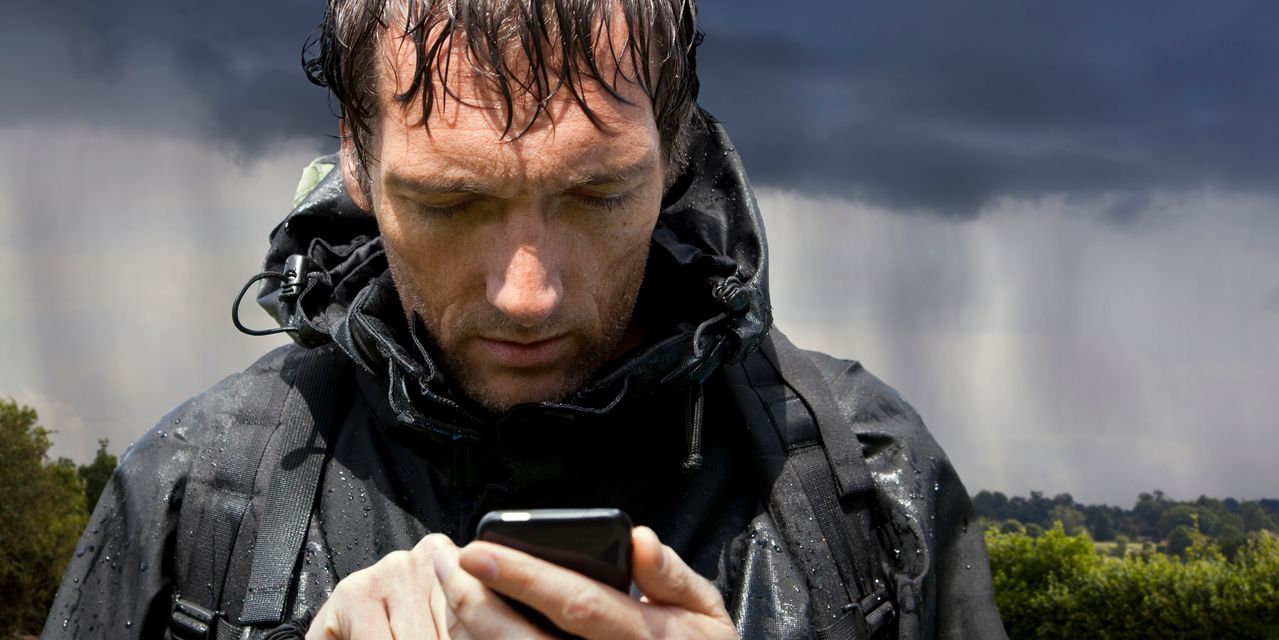There’s been a major tool in recent decades in limiting fatalities and greater property damage when it comes to natural disasters and extreme weather, including the soaring temperatures that have cooked the U.S. and parts of the world this summer.
That tool? Much better and timely communication. And that means reliable mobile devices and accessible wireless connectivity.
For one company, Helium Network, and its nonprofit arm, Helium Foundation, decentralizing a global wireless network, keeping costs to users to a minimum, and engaging with companies and the power of the Internet of Things (IoT) to capture and share data that can improve, and even save, lives is an all-important step in making communities and their citizens better prepared for what climate change may deliver next. That’s especially true for portions of the population that are most economically vulnerable.
The foundation has just announced the addition of WeatherXM, a community-powered decentralized weather network, as well as qnectd, an IoT provider that aims for for smart, connected cities, including monitoring air quality, and KitchenOS, a food safety and waste tracker, to its roster of partners. Timely information from these sources will appear directly in front of Helium Network smartphone users who opt in.
3,000 weather stations
The reach of that connectivity is no small feat. WeatherXM claims to be the world’s largest decentralized weather network given its more than 3,000 weather stations deployed by individuals around the world. Backed by blockchain technology, WeatherXM leverages tokens to incentivize data providers to contribute to the most comprehensive — and because of its micro focus, perhaps the most accurate — weather network the world over.
“By leveraging the power of the Helium Network, we can provide our partners with accurate and up-to-date weather information around the world, including in areas that were previously out of reach,” said Manolis Nikiforakis, co-founder and CEO of WeatherXM. “This is particularly important when looking at emerging markets that lack the infrastructure to monitor the weather and make reliable forecasts accurately.”
The partnership couldn’t happen soon enough. Multiple regions across the world faced extreme conditions over the weekend, with record-breaking rainfall causing massive floods in Nova Scotia, Canada, and thousands of tourists evacuated in Greece due to wildfires. In the U.S., the death toll for the latest heat wave is on the rise. What’s more, the extreme heat cooking much of the U.S. for weeks will next push into the Great Basin, parts of the Rockies, and then eastward across the Plains, the Midwest and the East Coast by the end of the week.
Read: Already roasting in extreme heat? 2024 could be even hotter, NASA scientists warn.
And extreme heat, which can especially impact those who can’t afford air conditioning or who work outside, hits in a summer also dominated by wildfire smoke migrating to the U.S. from Canada and a jump in flash flooding, including in New York, Vermont and Pennsylvania this month.
For its part, Helium’s additional new partner, Bulgaria-based qnectd is a global IoT solutions provider for smart (meaning tech-connected) cities, farms and buildings.
As wildfire smoke and its far-reaching implications made fresh headlines this summer, the company ramped up its “What Do You Breathe?” campaign to raise awareness about indoor air quality issues in elementary schools. It deployed Helium-compatible air quality monitoring solutions in those buildings.
Wireless connectivity for all?
So how does Helium Foundation, funded with donations and membership dues, try to get more wireless internet access — including hotspots and roaming — and share the world’s most vital data with more people?
Helium operates on a LoRaWAN protocol that is based on the LoRa (long range) radio modulation method and is a low-power wide-area networking protocol. LoRaWan manages communication between end-node IoT devices and network gateways and connects devices to the internet via wireless connections.
For end-users, it may be the first time they have timely emergency information at their fingertips, and for communities, including remote locations, it’s a major step toward monitoring energy-efficient, smart-technology facilities.
“The permissionless, ubiquitous, and affordable nature of the Helium Network has lowered the barriers to entry, empowering more businesses and ultimately, consumers, to benefit from IoT solutions and the products they enable,” said Abhay Kumar, CEO of the Helium Foundation.
Kumar explained the pricing and accessibility differences that can link up many more users. For instance, a sensor on the Helium IOT network can send 100,000 messages for $1.
“Assuming a message sent every minute in a year, that’s $5.26 a year with no SIM card and significantly cheaper hardware,” he said. “Compare that to other networks where you may have a cost of $15-$20 a year plus the cost of a SIM, shorter battery life, etc.”
A smarter food-supply chain
Certainly extreme weather isn’t the only fallout from climate change. Intensifying pressures on growing food in a warming world matters greatly as well. And so does sharing the information to better feed the world.
The shifting climate-change landscape, which is expected to challenge the agricultural and food distribution sectors without smart adaptation, has also increased attention on food safety and cutting waste, especially as the global population tops 8 billion and keeps growing.
Opinion: 8 billion people: Four ways climate change and population growth combine to threaten public health, with global consequences
Based in the U.K. but collecting data from all over the globe, KitchenOS leverages sensor-powered technology to monitor the temperature of food items across the cold supply chain. With real-time temperature monitoring powered by the Helium Network, users, which might include restaurants, grocers and others, can monitor on their smartphones whether their food and produce are safe to consume, minimizing food poisoning, and reducing spoilage, thus cutting down on food waste.
“I was a chef before I founded KitchenOS, and I struggled to understand why so little effort was made to prevent food waste,” said Neil Bradley, CEO of KitchenOS.
Read the full article here



